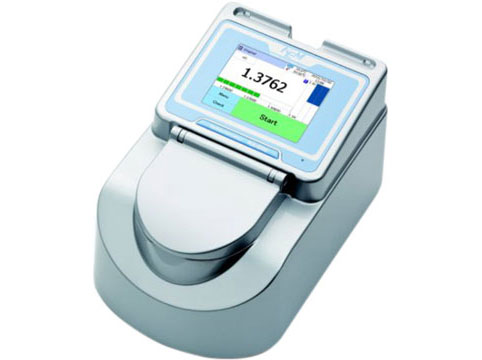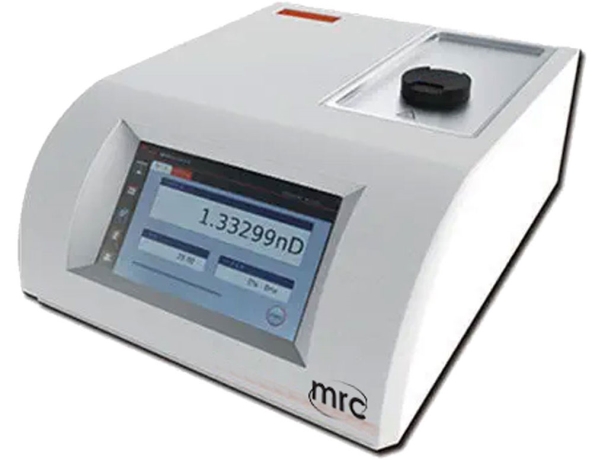Laboratory refractometers are optical devices designed to measure the refractive index of substances. The refractive index indicates how light propagates through a medium, providing valuable insights into the composition and characteristics of the material being analyzed. These instruments are widely utilized across industries for their accuracy, reliability, and efficiency in determining concentrations, purity levels, and quality attributes of liquids and semi-solid substances.
At the heart of laboratory refractometers lies the principle of refraction, where light bends as it passes from one medium to another with a different optical density. By measuring the angle of refraction, refractometers can calculate the refractive index of a sample, offering quantitative data for analysis and interpretation.
Applications of Laboratory Refractometers
Laboratory refractometers find extensive applications across industries, including the food and beverage industry for assessing sugar content, the pharmaceutical industry for analyzing drug formulations, and the chemical industry for monitoring solution concentrations and purity levels.
How to Use a Laboratory Refractometer
Using a laboratory refractometer involves several key steps, including calibration, sample preparation, and reading measurements. Calibration ensures the accuracy of the instrument, while proper sample preparation and technique are essential for obtaining reliable results. Reading measurements involves interpreting the refractive index values displayed on the instrument's scale or digital interface.

Benefits of Using Laboratory Refractometers
The benefits of laboratory refractometers are manifold, ranging from rapid measurement capabilities to non-destructive analysis, minimal sample requirements, and high precision. These instruments streamline quality control processes, facilitate research endeavors, and contribute to overall operational efficiency in various industries.
Factors to Consider When Choosing a Laboratory Refractometer
When selecting a laboratory refractometer, it's essential to consider factors such as accuracy, measurement range, durability, ease of use, and compatibility with specific sample types. Investing in a high-quality refractometer tailored to the intended applications ensures optimal performance and reliable results.
what is laboratory Automatic Refractometer
A laboratory automatic refractometer is a sophisticated instrument used in scientific laboratories to measure the refractive index of liquids. It's a specialized type of refractometer designed for precise and accurate measurements of samples in controlled laboratory environments.
Laboratory automatic refractometers are equipped with advanced features and capabilities to meet the demanding requirements of scientific research, quality control, and analysis. These instruments typically have high precision and accuracy, allowing scientists and technicians to obtain reliable data for various applications.
Some key features of laboratory automatic refractometers include:
- Automation: They are fully automated, with motorized sample loading, measurement, and cleaning processes. This automation reduces the potential for human error and ensures consistent results.
- Precision optics: Laboratory refractometers are equipped with high-quality optical components to accurately measure the refractive index of samples with high resolution and sensitivity.
- Temperature control: Many laboratory refractometers have built-in temperature control systems to compensate for temperature variations in samples, ensuring accurate measurements under different environmental conditions.
- Data management: These instruments often come with digital displays and data management software for real-time monitoring of measurements and easy data storage and retrieval.
- Multiple measurement modes: Laboratory automatic refractometers may offer multiple measurement modes, allowing users to choose the most suitable method for their specific samples and applications.
